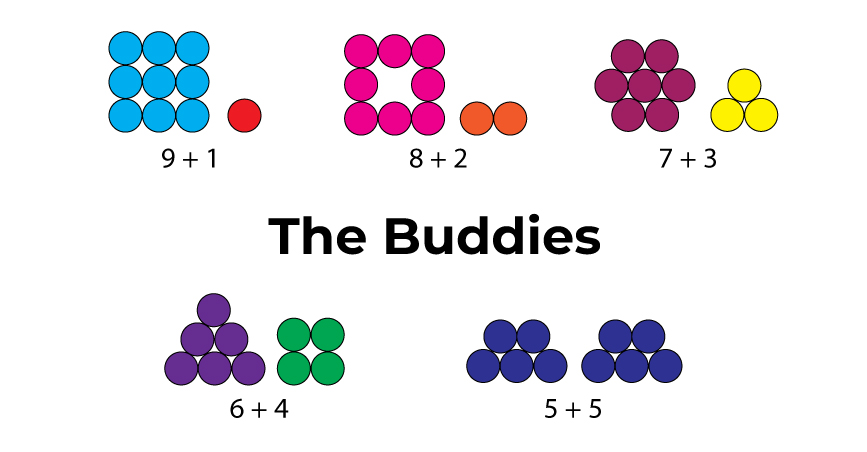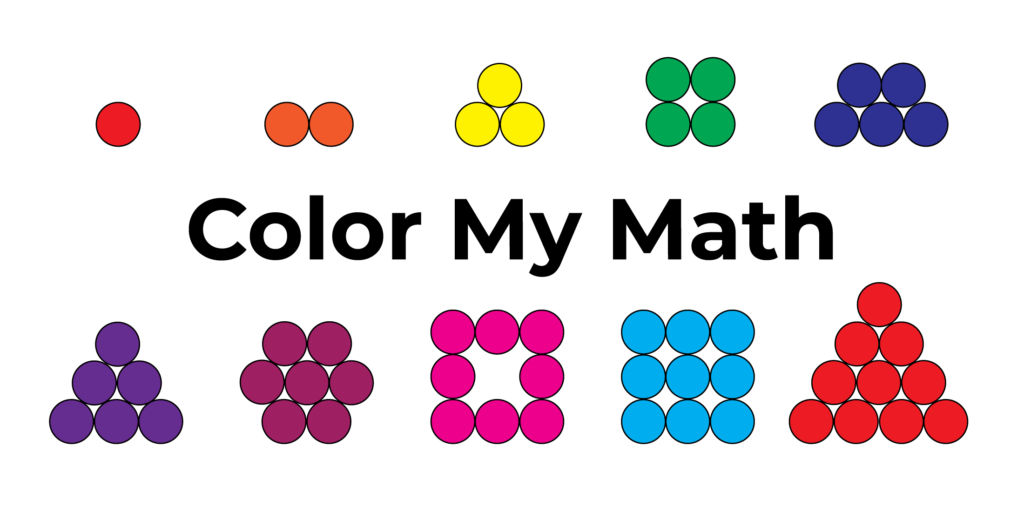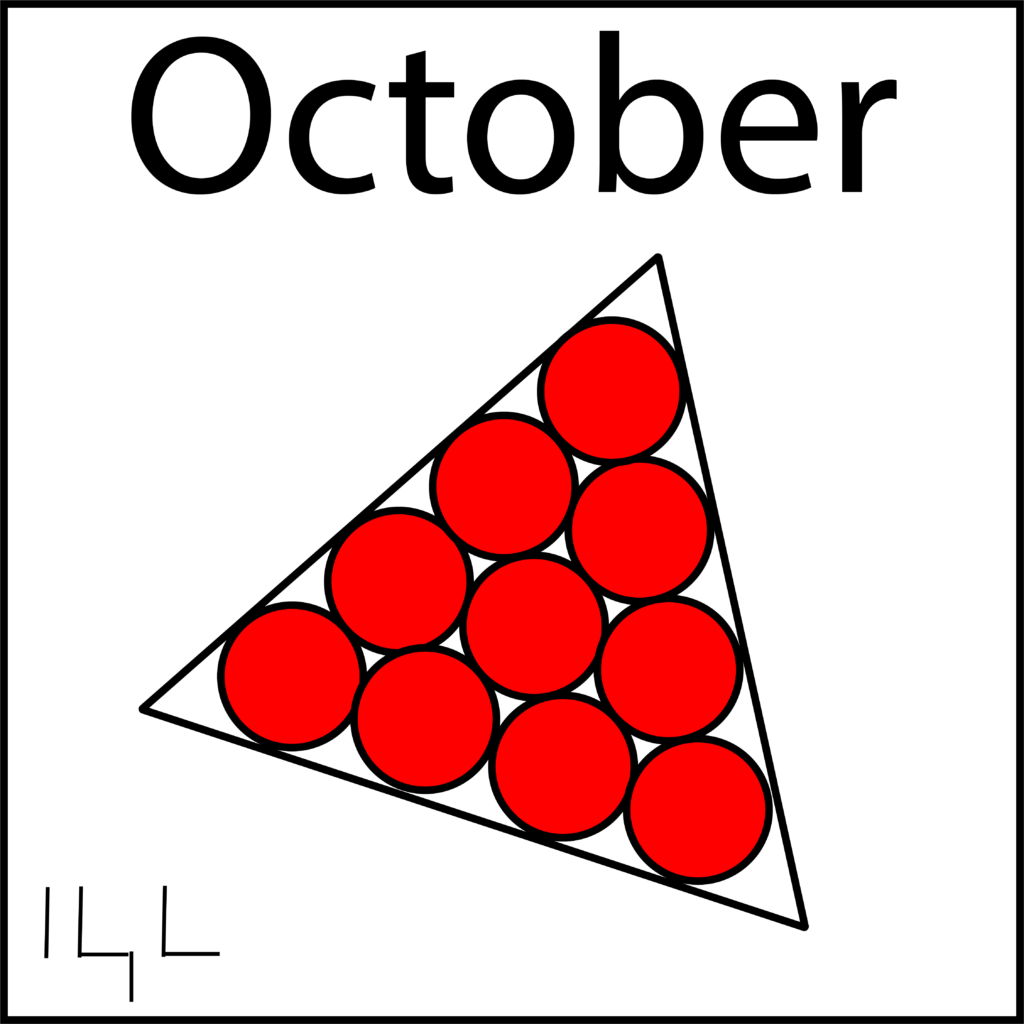In the ColorMyMath system, numbers aren’t just individual symbols—they work together in powerful ways that help children understand addition and subtraction more easily. One of the key concepts we teach early on is the idea of buddies. In this system, each number from 1 to 9 has a “buddy” that, when combined, equals 10. This foundational concept helps students develop a strong understanding of number relationships and sets the stage for future math skills.

Who Are the Buddies?
The buddies in the ColorMyMath system are pairs of numbers that always add up to 10. Understanding these pairs makes addition and subtraction more intuitive, and helps students approach math with confidence. Here’s a breakdown of the buddy system:
5 is the only number without a buddy because it doubles up to reach 10. 5 + 5 = 10.
1 and 9: These numbers are buddies because 1 + 9 = 10.
2 and 8: The number 2 is buddies with 8 because they also equal 10 when combined.
3 and 7: Another pair of buddies! 3 + 7 = 10.
4 and 6: These two numbers are buddies because they too add up to 10.
Why Buddies Are Important for Learning Addition and Subtraction
The buddy system helps children recognize patterns in numbers and see how they relate to one another. It’s one of the simplest ways to teach the concept of addition, and later on, subtraction. Here’s how it works:
Addition with Buddies:
When students understand that pairs of numbers add up to 10, it becomes much easier for them to solve basic addition problems. For example, if a child knows that 3 is buddies with 7, and they need to figure out what 3 + 7 is, they can quickly recall that their buddy pair equals 10.
This method also helps with mental math. Instead of counting on fingers or relying on memorization, children can visualize the buddy pairs and immediately know the answer.
Subtraction with Buddies:
The buddy system doesn’t just help with addition—it’s also a powerful tool for teaching subtraction. Once students know that 1 and 9 are buddies, they can easily figure out problems like 10 – 1 or 10 – 9.
For example:
- 10 – 4 = ?
If they know that 4’s buddy is 6, they can quickly solve this problem by recognizing that 10 minus 4 leaves 6, the buddy number. - 10 – 3 = ?
Similarly, they’ll know that 3’s buddy is 7, so 10 minus 3 must equal 7.
By understanding the relationships between numbers, subtraction becomes much simpler because students are working with familiar pairs.

Building a Strong Math Foundation
The buddy system lays a strong foundation for understanding more complex math concepts in the future. Once students have mastered addition and subtraction using the buddies, they can start exploring multiplication, division, and even algebraic thinking. The beauty of this approach is that it simplifies early math by giving children an easy-to-understand framework.
As they progress through math, they’ll continue to use these number relationships in various ways. What starts as a simple pairing system will become the foundation for their entire math education.
Make Math Fun and Easy with Buddies
Learning about buddy pairs is a great way to introduce students to the world of math, and it makes learning addition and subtraction an engaging and exciting process. The more students practice identifying their number buddies, the more confident they will become in solving math problems quickly and accurately.
Encourage your child to visualize the buddies and practice pairing them up whenever they encounter a new math challenge. With time, they’ll master these relationships and be ready to take on more advanced math with ease!

How useful was this post?
Click on a star to rate it!
Average rating 0 / 5. Vote count: 0
No votes so far! Be the first to rate this post.
